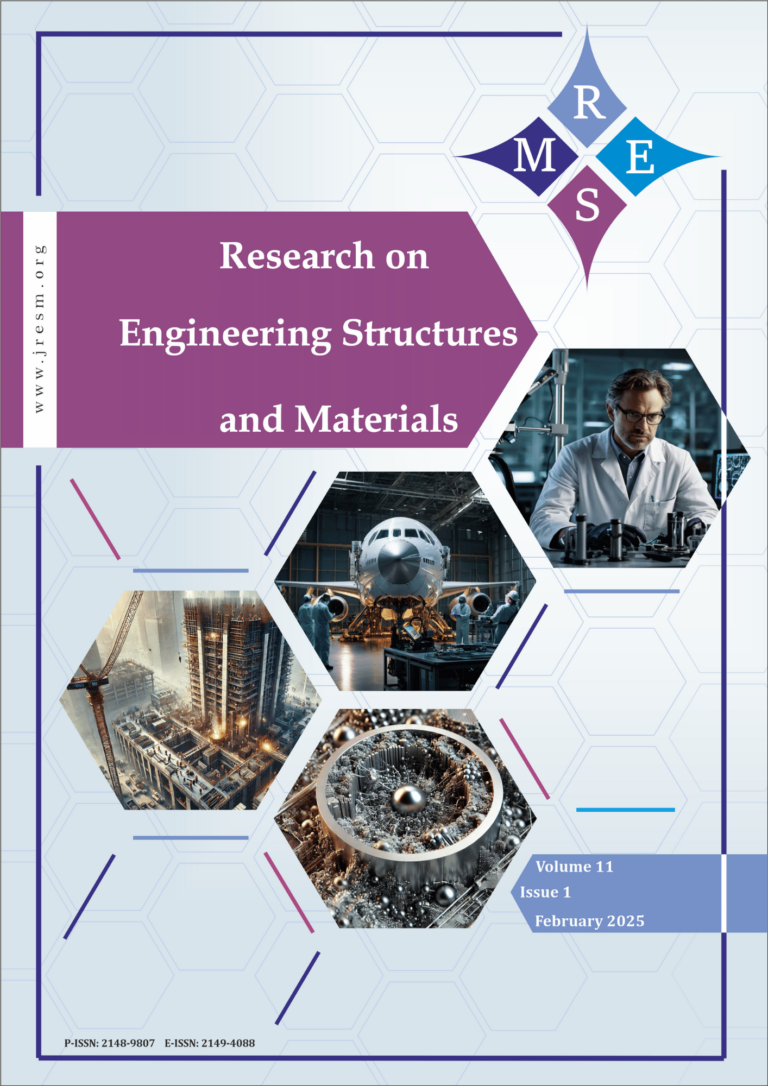Energy harvesting (EH), a fairly recent technological advancement, is the technique of capturing and converting environmental energy sources—such as load, mechanical vibrations, temperature changes, light energy, wind energy, and so on—into extremely small amounts of power within a specified voltage range. When there is no accessibility to conventional power sources, energy harvesting is employed to power electronic devices. In addition to reducing vibration brought on by road imperfections, an energy-harvesting telescopic shock absorber can collect energy that would otherwise be wasted in suspension vibration. It can act as an energy generator as well as a controlled damper. In order to increase the effectiveness of energy harvesting, this research indicates analyzing and testing a telescopic shock absorber structure that has the benefit of lowering spring vibrations and resisting unneeded spring motion. Focusing on energy harvesting and vibration analysis in shock absorbers is the main objective of this effort. The first telescopic suspension system, which consists of a spring, rack, and pinion, was created using Solid works 20 and then every portion was examined using Ansys Workbench. The spring, rack, and pinion were then practically constructed on a two-wheel bike using a rack and pinion mechanism that was created using 3D printing technology, and testing was then done to determine how much energy was harvested in terms of voltage in relation to the distance (in kilometers) travelled for different loading conditions observed how the voltage can be harvested for conventional two-wheeler and Electric Vehicle. Throughout the observation we found that the vibration harvesting in Electric bike is low compared to Conventional bike. Finally the unwanted vibrations were harvested and boost up, stored in 5V, 12 V rechargeable dead battery which is used to recharge the mobile phone and low power electric devices.
